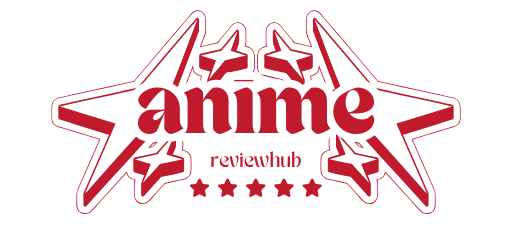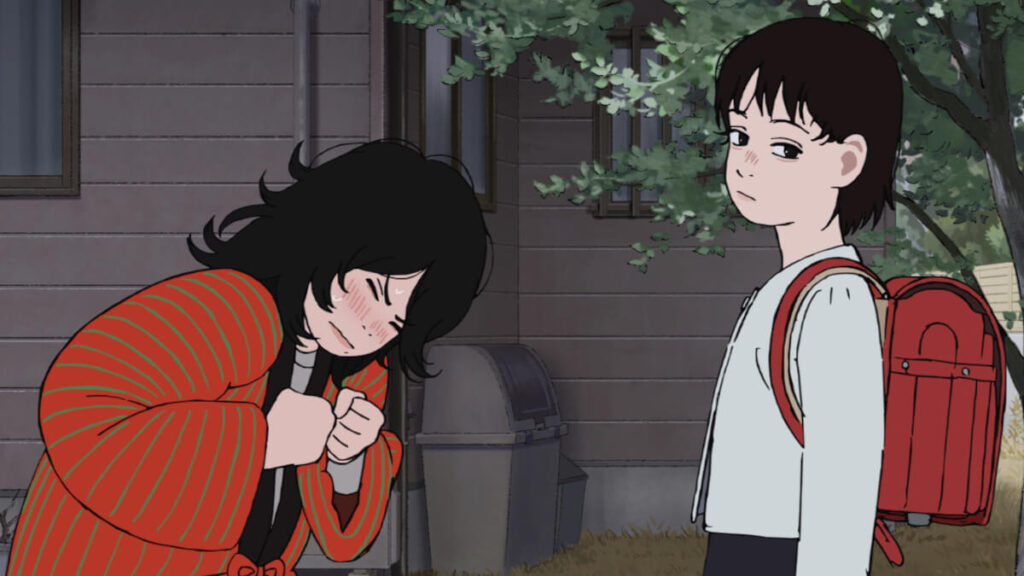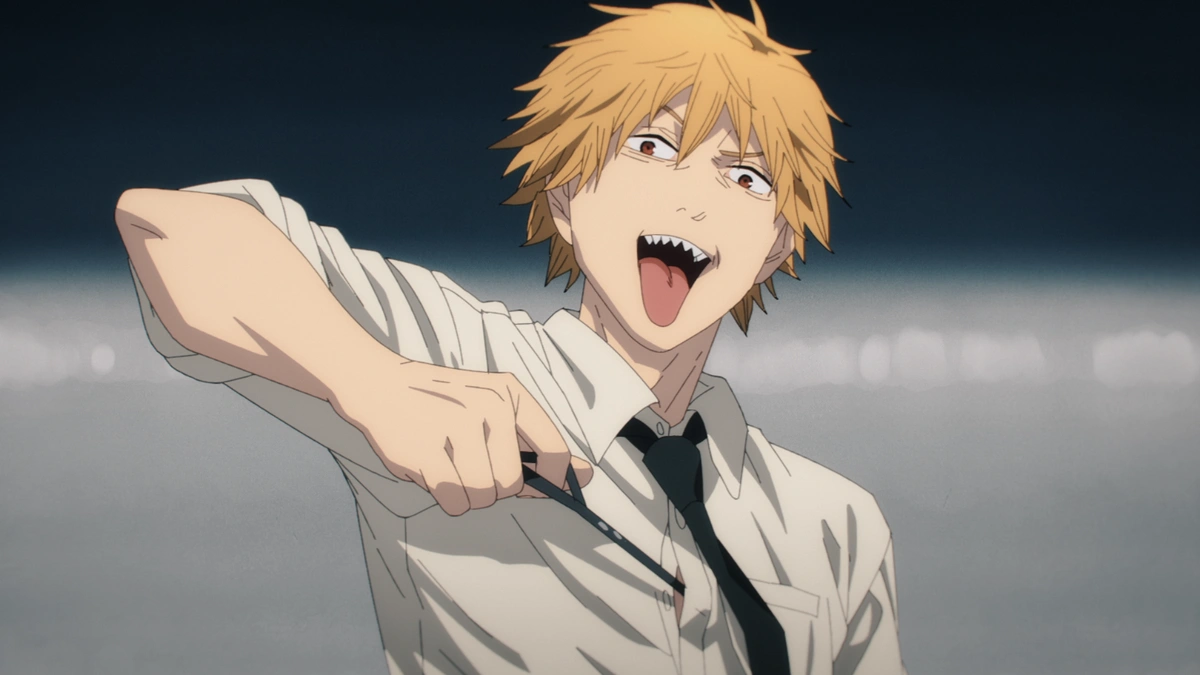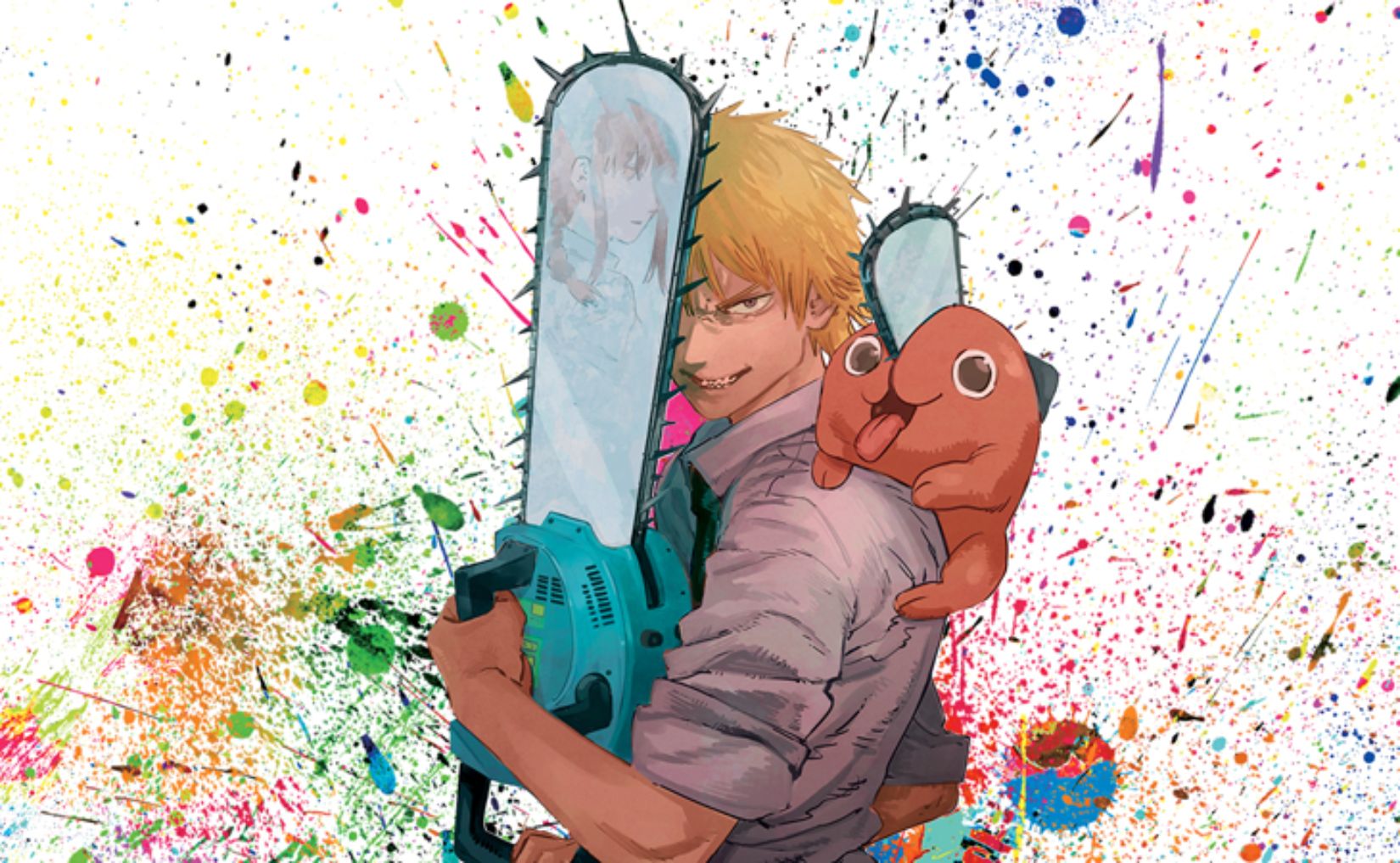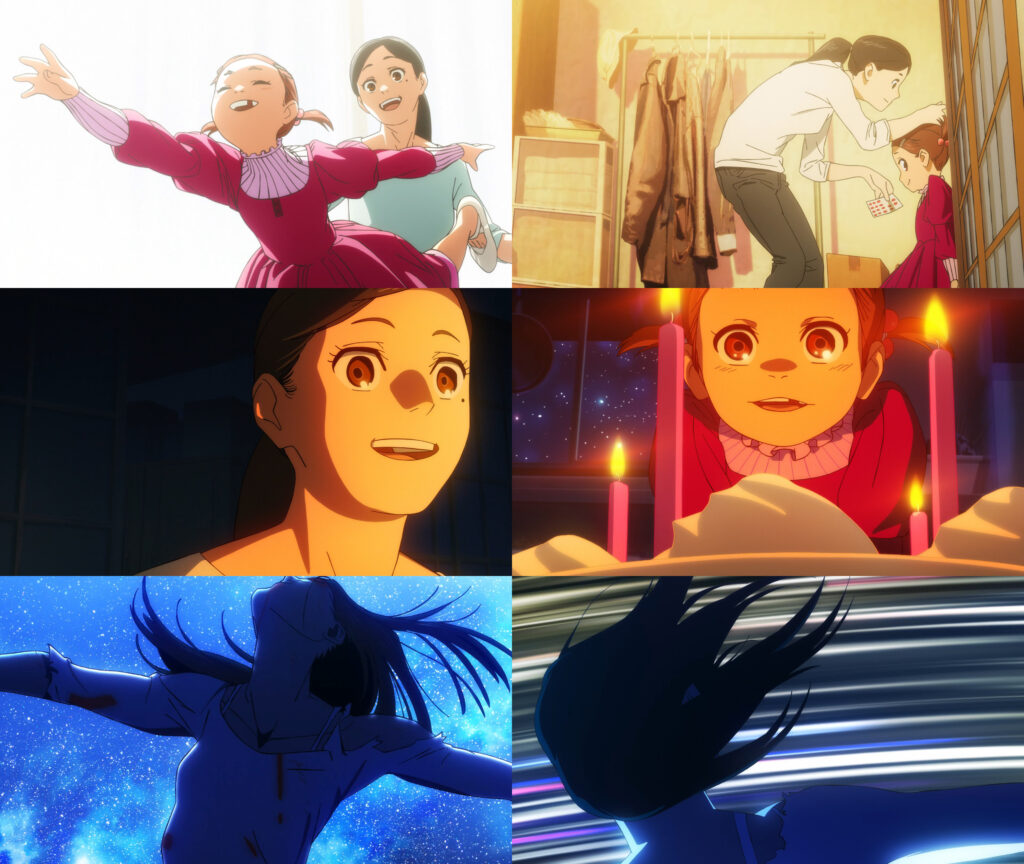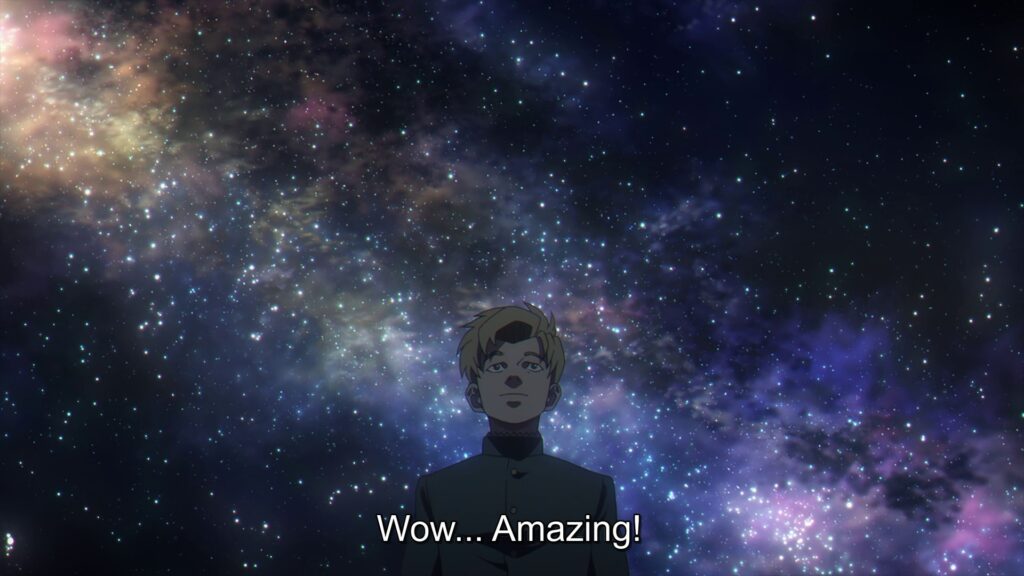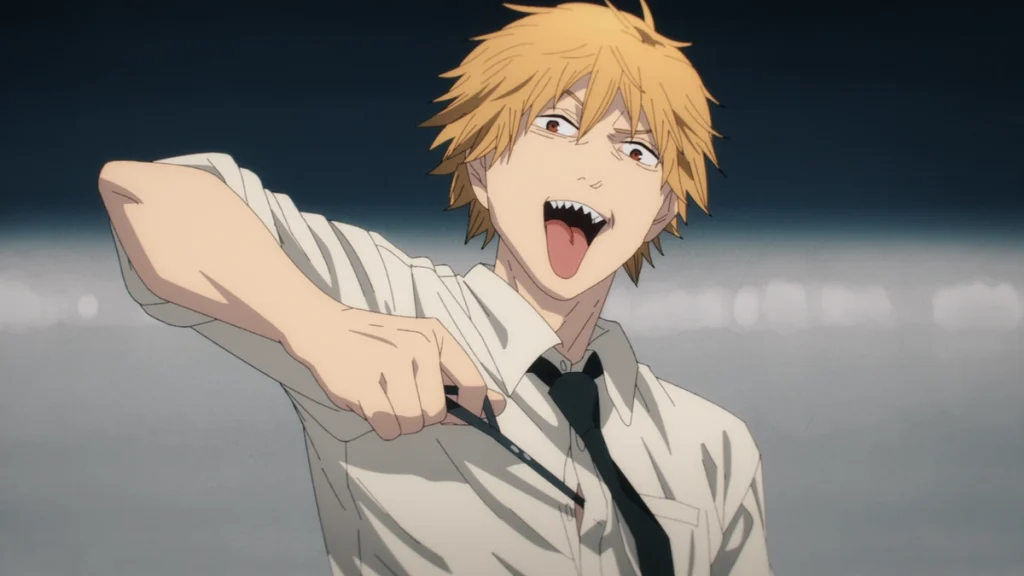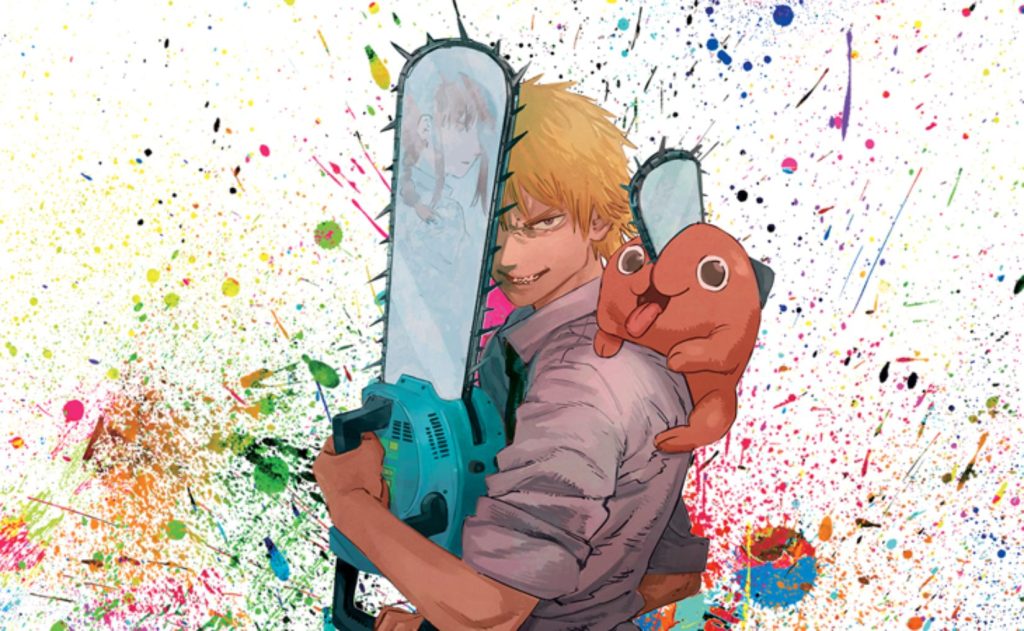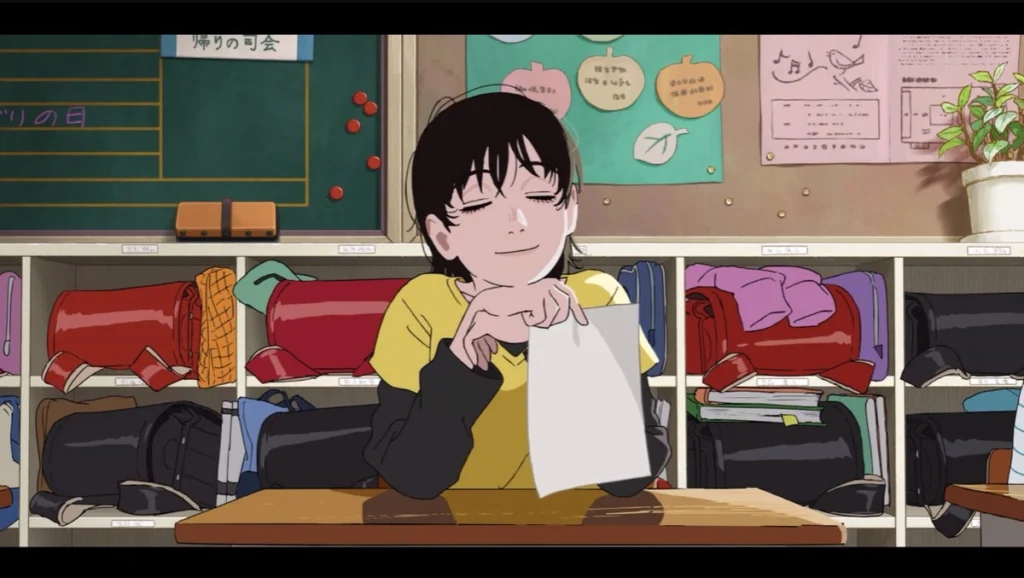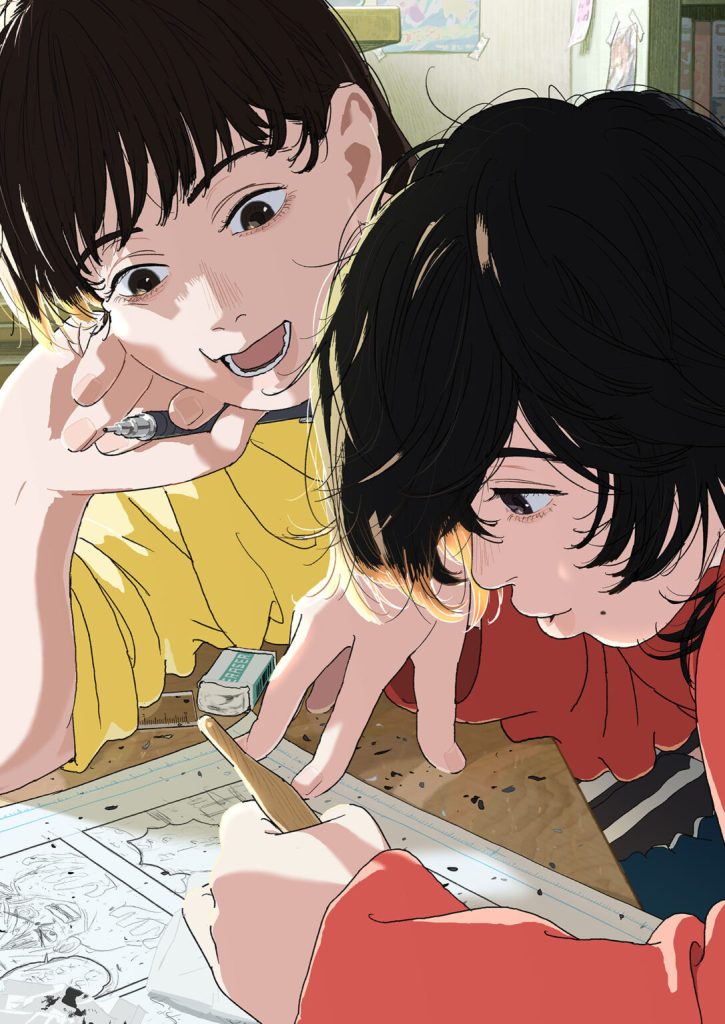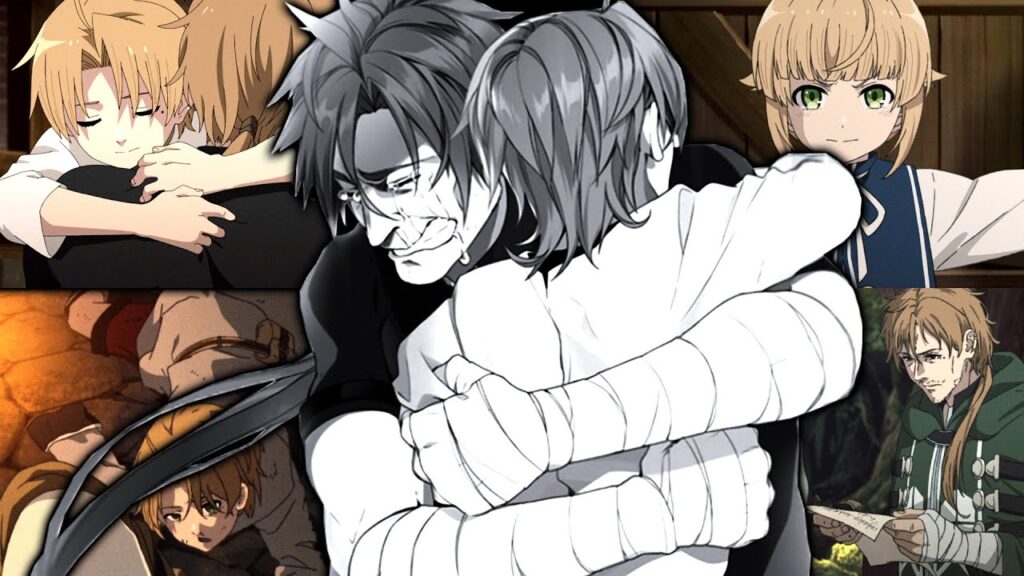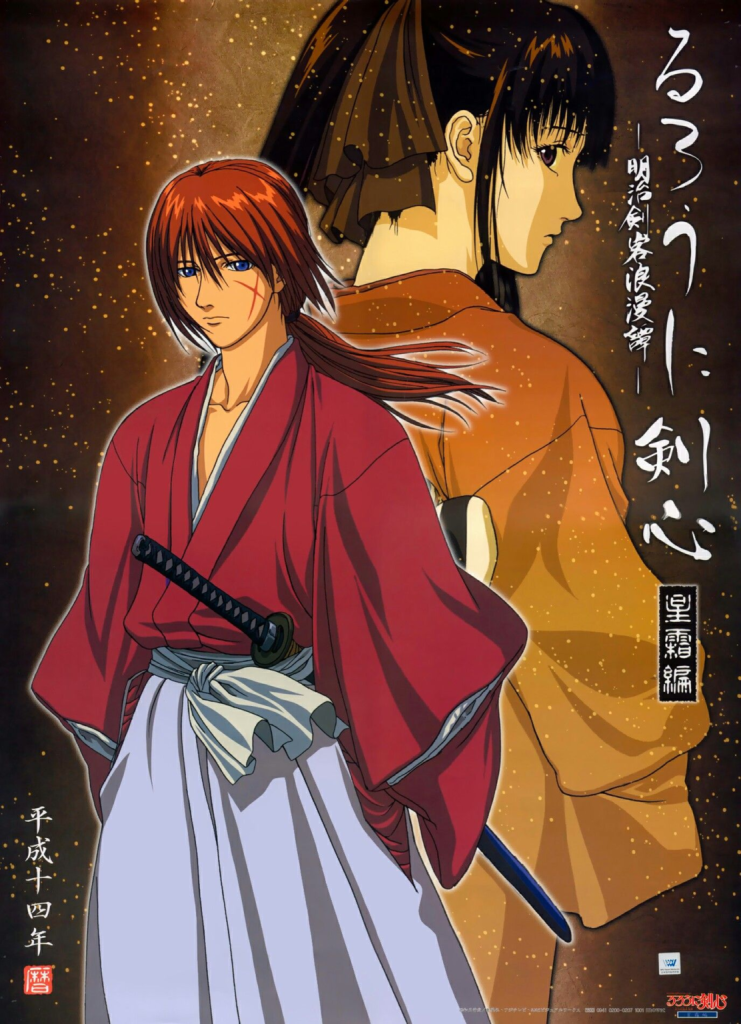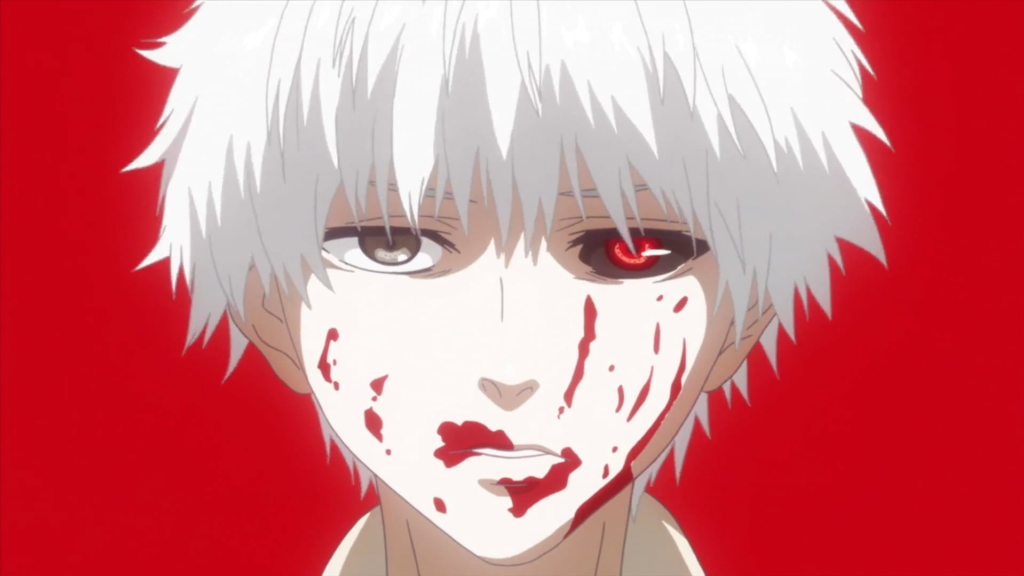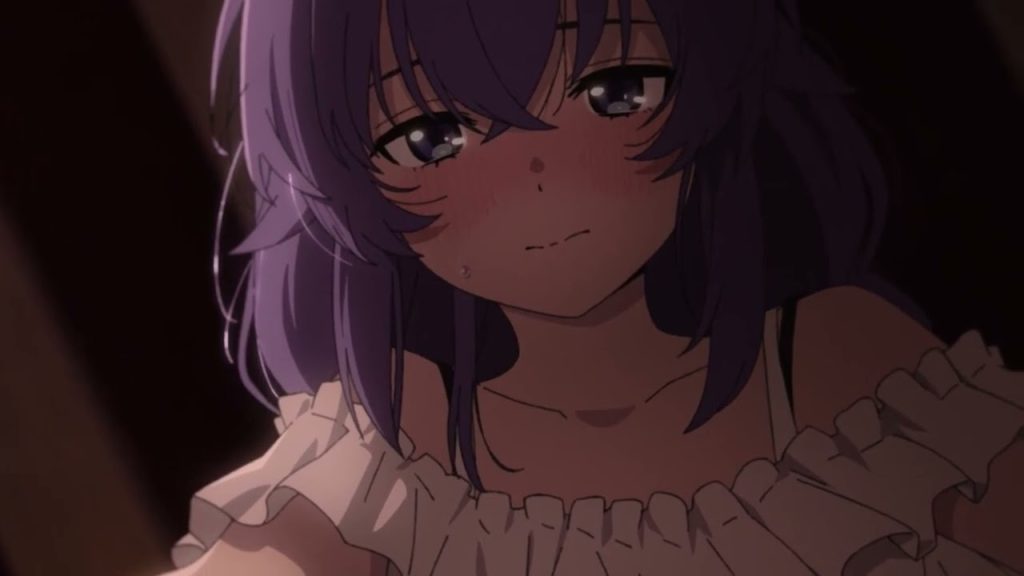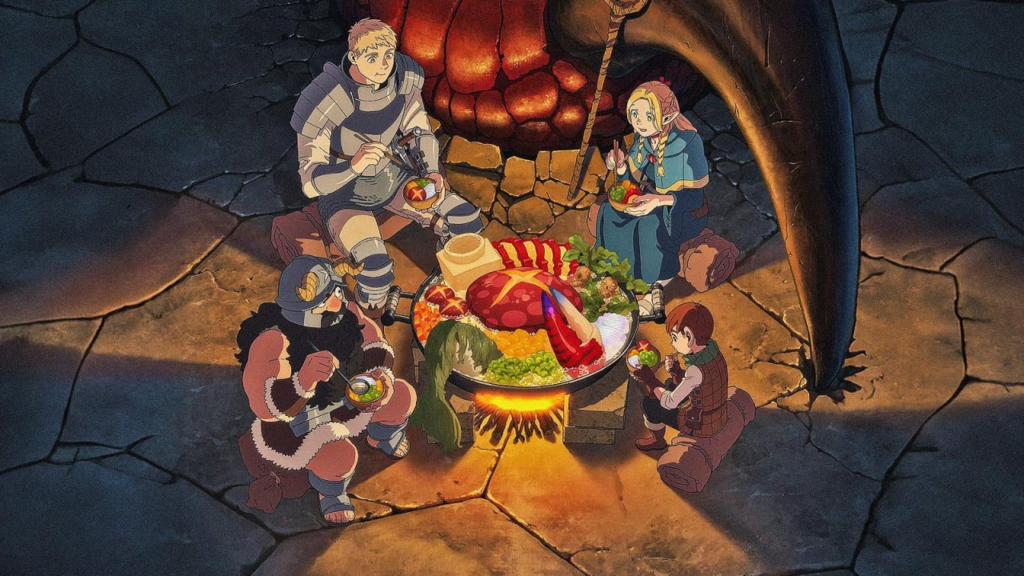These lines are the first thing I did after returning from the theater. The second? Probably digging through my bookshelf to find the manga again. The third: brewing a hot cup of tea. Hanoi just had a cold rain.
If I could offer one piece of advice in this review, it’d be: “Read the manga before watching, then read it again after.” The rest is just personal feelings and some arguably redundant praise for a 52-minute masterpiece worth every penny (sincere words from someone who rarely hits the cinema). Knowing the story beforehand doesn’t dampen the experience—it amplifies it. You’ll spend less time squinting at subtitles, I’ll skip rehashing the plot, and Young Publishing might see a sales bump. Everyone wins =))
A Faithful Leap Forward
Seriously, though, this film’s value varies wildly between fans of the original and casual viewers. In today’s era, finding a work that sticks close to the source, honors its message, and respects its roots is no small feat. Yet, the Look Back anime doesn’t just adapt the oneshot—it elevates it. The first standout is the animation. Sure, it’s obvious that anime characters move while manga ones don’t. But the “motion” here goes deeper. It’s in the body language, the facial expressions, the dialogue—everything feels alive, natural, and real. Crafting animated characters who can “act” like this reaffirms director Kiyotaka Oshiyama’s knack for standalone films, backed by the rising Studio Durian team and the two lead voice actresses, Mizuki Yoshida and Yuumi Kawai (I’m especially taken by Kyomoto’s timid tone).
The second thing that caught me was pacing—not the story’s rhythm, but the tempo of each scene. Reading the manga the first time, I flew through it too fast. That’s just how paper works—you control the page flips. In the anime, Oshiyama takes the reins, stretching moments when needed, speeding through others, adding flourishes or trimming where it counts. It fully realizes Fujimoto-sensei’s intent while steering the audience’s emotions. Fujino’s rain-soaked dance won’t disappoint, and those lively 4koma panels will have original fans chuckling.
The final standout—and my biggest anticipation—was the framing and transitions. Notice the shots of the protagonist’s back, held steady as the world shifts around them. It’s subtle, yeah but again, almost a “fan service” nod if you’ve read the source. Fujimoto-sensei’s knack for wordless storytelling through manga paneling comes to life exactly as I’d pictured an animated Look Back.
Three Personal Highlights
That’s my quick take on the film. Now, I’ll share three details that stuck with me. Fair warning: these are heavily personal reads. Look Back plants seeds for viewers to ponder and interpret on their own. What’s the deal with Fujino and Kyomoto’s names combining into Fujimoto? Is the killer a nod to the Kyoto Animation fire? Where’d Kyomoto’s final 4koma come from? Even after rereading the oneshot plenty of times, leaving the theater, I was still surprised by new discoveries—and floored again by Fujimoto-sensei’s storytelling and character craft.
1. Kyomoto’s Jacket
First up: Kyomoto’s jacket (a Hanten, I think?). Once Fujino signed its back, it became a cherished keepsake. There’s a Japanese saying, 「背中を見て育った」 (senaka o mite suttata)—“growing up watching someone’s back”—meaning you model yourself after someone’s example. Fujino was that “back” for Kyomoto. At the story’s end, Fujino finds the jacket neatly hung on the door facing her friend’s desk. The more I think about it, the more it hits me. Whenever Kyomoto needed a push to draw, she’d “look back” and see Fujino’s back there, fueling her courage to enroll in art school and grow into a better artist.
Tracing a character’s arc through a single jacket—that’s Fujimoto-sensei’s subtle “show, don’t tell” brilliance, the kind of thing I love hunting for in manga and anime.
2. The Final 4koma
A more obvious detail I only caught in the film: Kyomoto’s last “Look Back” 4koma. Is it from another reality? Up to you—for me, no. It’s been there all along, just coincidentally matching Fujino’s imagined scene. It’s heartbreaking, but I find that take richer. Kyomoto only ever drew backgrounds before. Crafting a full, funny story marks her growth in skill and spirit. Fujino must’ve “looked back” at her friend’s journey through that drawing, cherishing it enough to place it “in front” of the window, mirroring how Kyomoto hung the jacket. This moment proves my earlier claim: the anime outshines the original here. (Also, “looking back” at Fujino’s teasing 4koma about Kyomoto, the bitter irony stings too much to dwell on.)
3. Fujino’s Back
“Look Back” is the title, but the image that lingers most, from start to finish, is Fujino hunched over her drawing, never “looking back.” We see only her back, her posture unchanged, yet we feel when she draws with innocence, envy, passion, or fatigue. Still, she keeps drawing. Why doesn’t she “look back”? Isn’t that the point of the film? I’ve got my own fuzzy take on this, and I like keeping it that way. That image stirs thoughts about artists, life’s approach, and maybe a hint of the author’s self-reflection. It’s a slight shame the poster swapped this for the duo drawing together—though I get it’s more crowd-friendly.
Closing Thoughts
Anything else to say? The success of this anime has me hoping for a Goodbye Eri adaptation—another Fujimoto oneshot that’s just as brilliant. It’s dark out now, my tea’s gone cold, and my writing’s tapped out. I’d love to hear your takes, perspectives, and reactions in the comments—let’s liven up the community. Catch you in the next piece.
